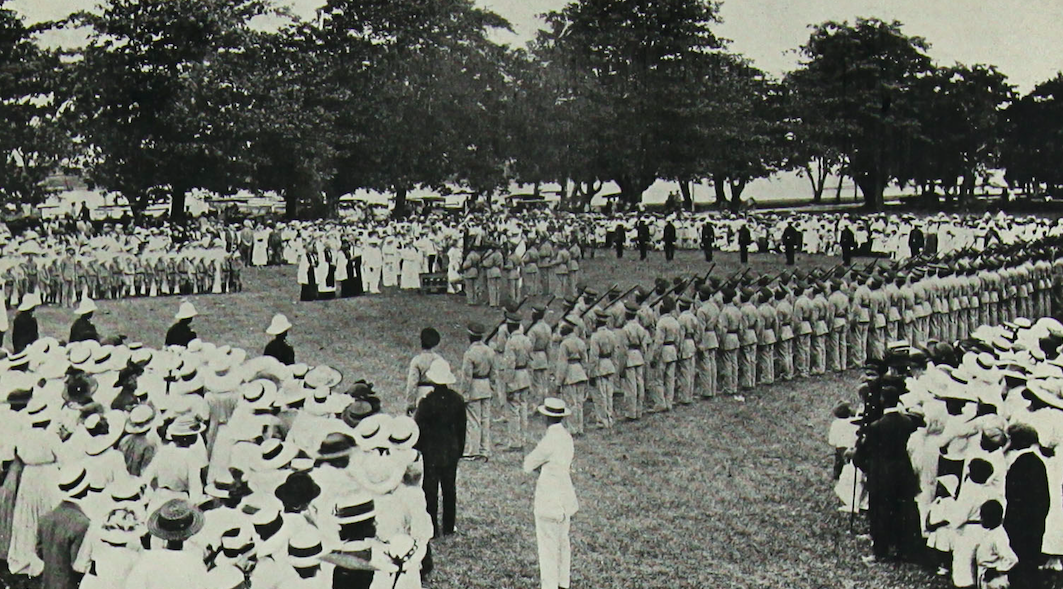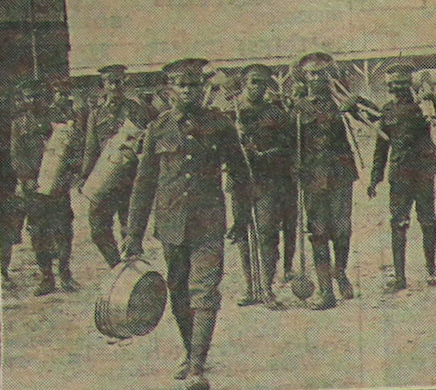Labour Battalions
The role of the Labour Battalions in all theatres of the First World War is often overlooked, yet they performed vital duties. The function of a labour battalion was simple, it performed a variety of tasks that allowed the business of war to continue. For example a labour battalion could be involved in the loading and unloading of supplies from a ship or train, constructing military defences and railways, manning headquarters or other installations, retrieving or burying the dead or even carrying shells during battle for the artillery.
Most men who volunteered for service from the West Indies did so with the aim of being assigned to a combat unit. Indeed Lieutenant Colonel Wood Hill in command of the 1st Battalion B.W.I.R. commented during a conference in Cairo during the November of 1916, that the use of the 3rd and 4th Battalions for Labour purposes in France was doing “untold harm” to recruiting back in the West Indies. Men would not want to join up if they knew that they were just going to be used for Labour rather than fight the enemy. Thus Labour battalions were often assembled from those men who were unfit in some way for frontline service, such as being too old.
Yet the views that the Labour battalions were in some way inferior to front line service or that they had a relatively comfortable war compared to the front line units, does not necessarily hold true. They often had to perform very hard tasks in very difficult situations, situations that were just as dangerous as those faced by the front line soldier. For example defences and other installations often had to be built under heavy enemy shell fire meaning that they were at risk of death like their comrades at the front. They also came under fire whilst serving as shell carriers for the artillery in battle. The work that they performed was vital and often underappreciated. Building a railway line allowed for the rapid movement of men and supplies, whilst building defences allowed for the front line troops to engage the enemy in a safe a manner as possible.

The British Army also frequently used colonial subjects to provide Labour during the war and as such we see that in addition to the Battalions of the BWIR who ended up on the Western Front there were also large numbers of South African and Chinese who served there, along with smaller numbers from India and Egypt. The native people of whatever country the army was fighting in were also utilised to provide support.
In part due to the poor view that was held of Labour battalions at the time there are very few records regarding their service, making it difficult to determine exactly what their individual functions were, and they have often been neglected by historians but it is undeniable that their supporting role was vital to the war effort. The Army Council during the War estimated that three non-combatant troops were required to keep one combatant fighting. The estimate provided by the soldiers themselves was closer to fourteen to one. By the time of the Armistice there were almost 125,000 men serving in the Labour battalions of the Western Front, supplemented by 96,000 Chinese, 20,000 South Africans and those small contingents from Egypt and India.
